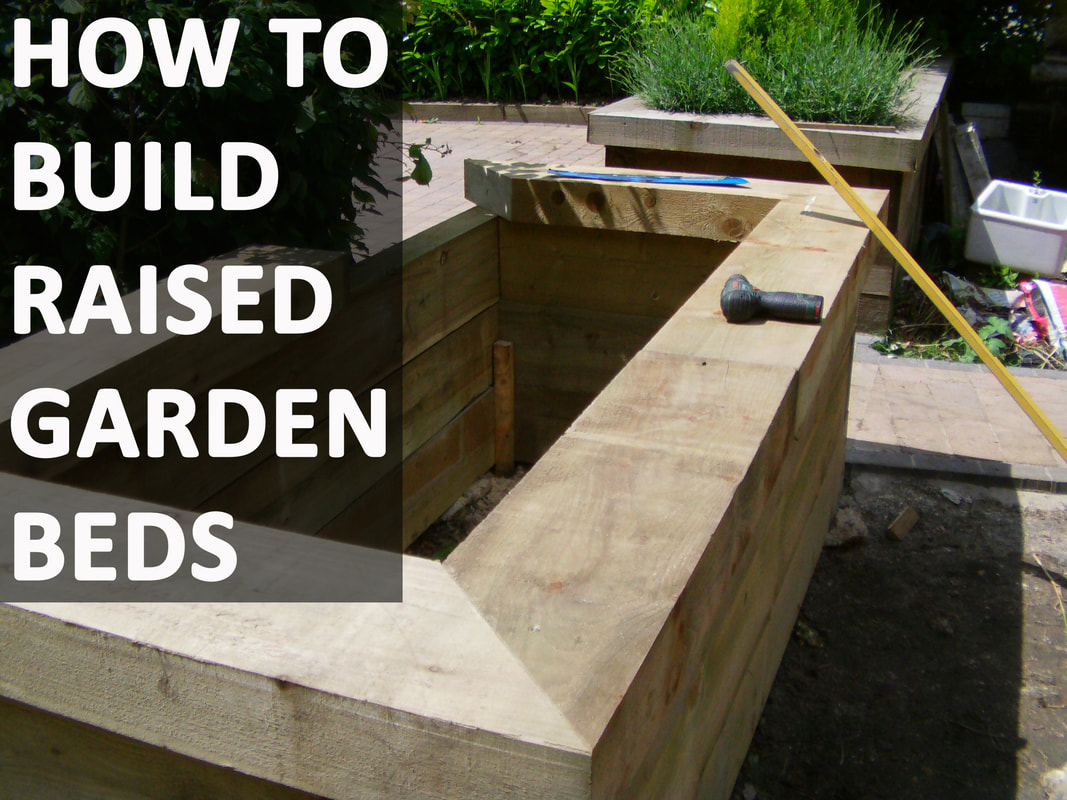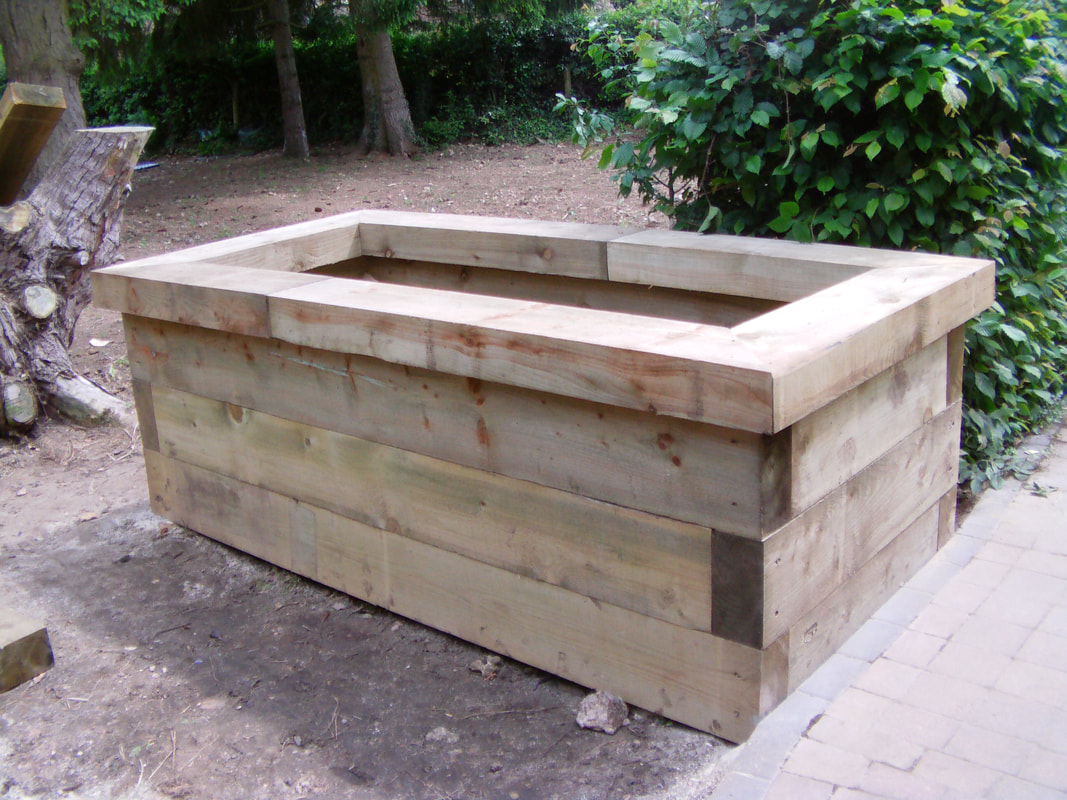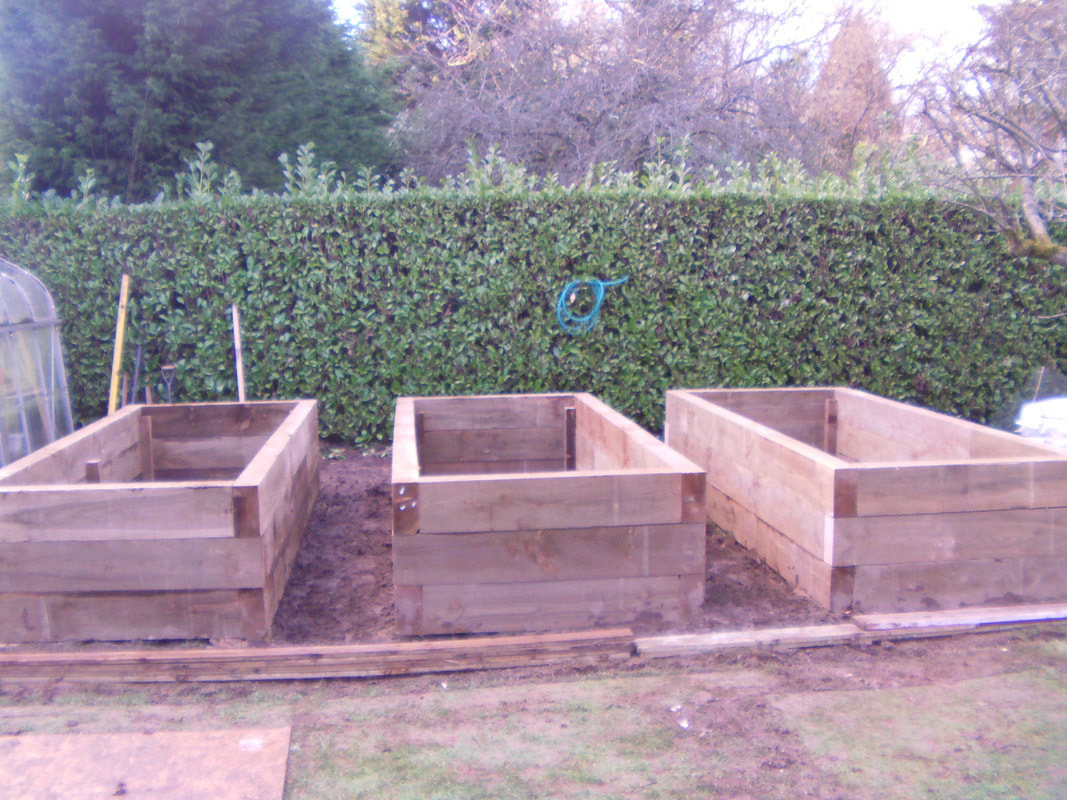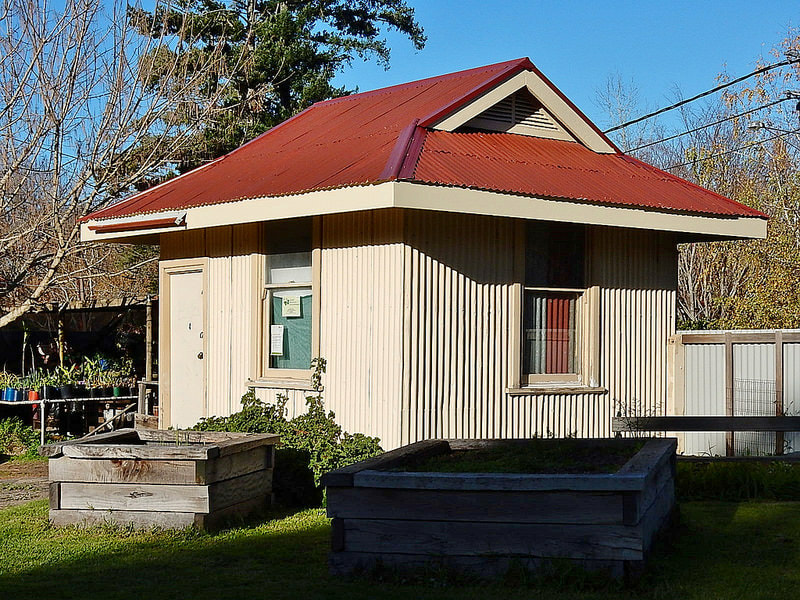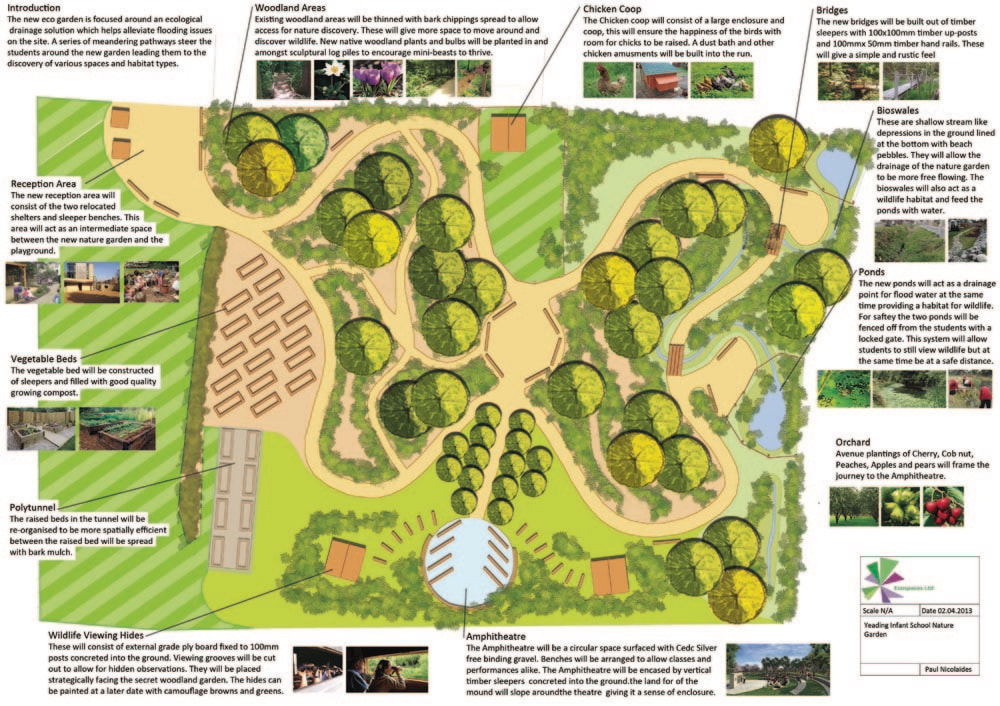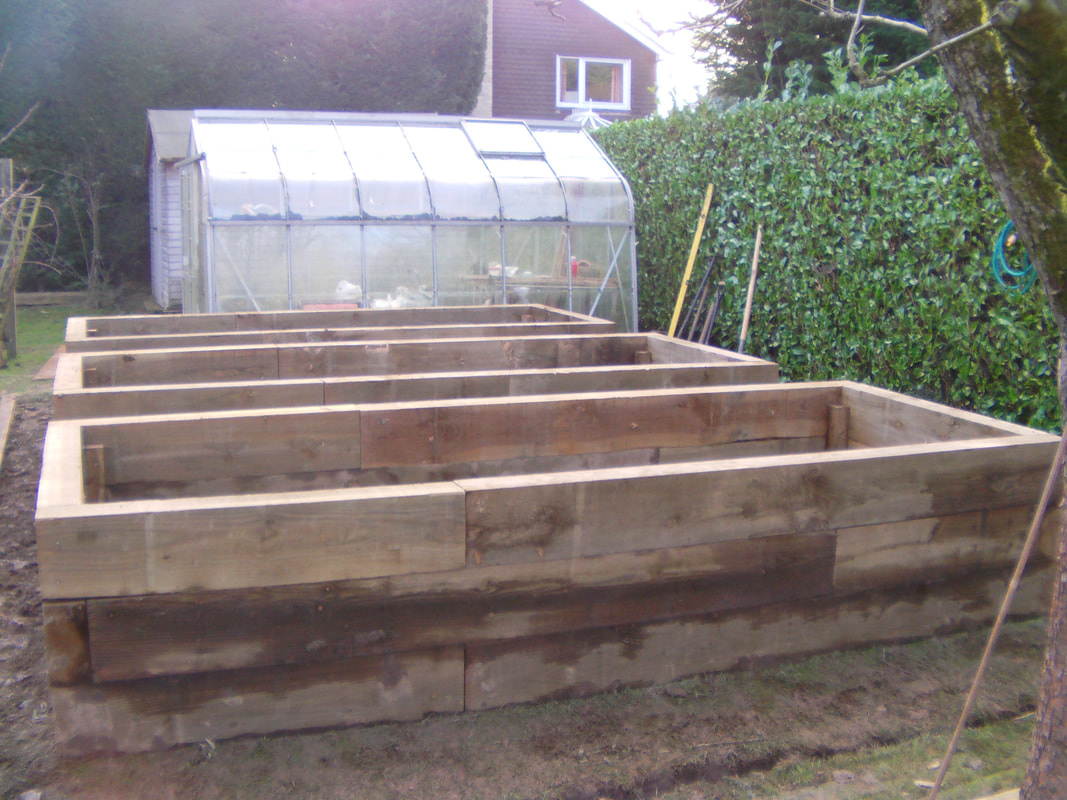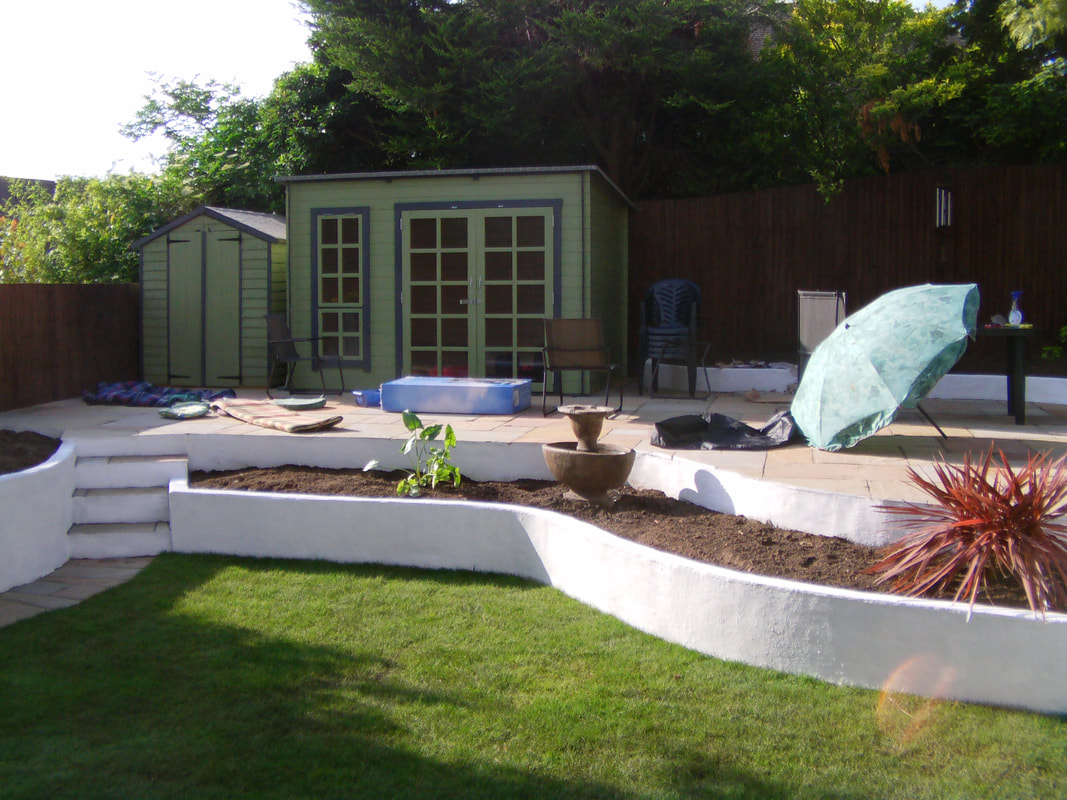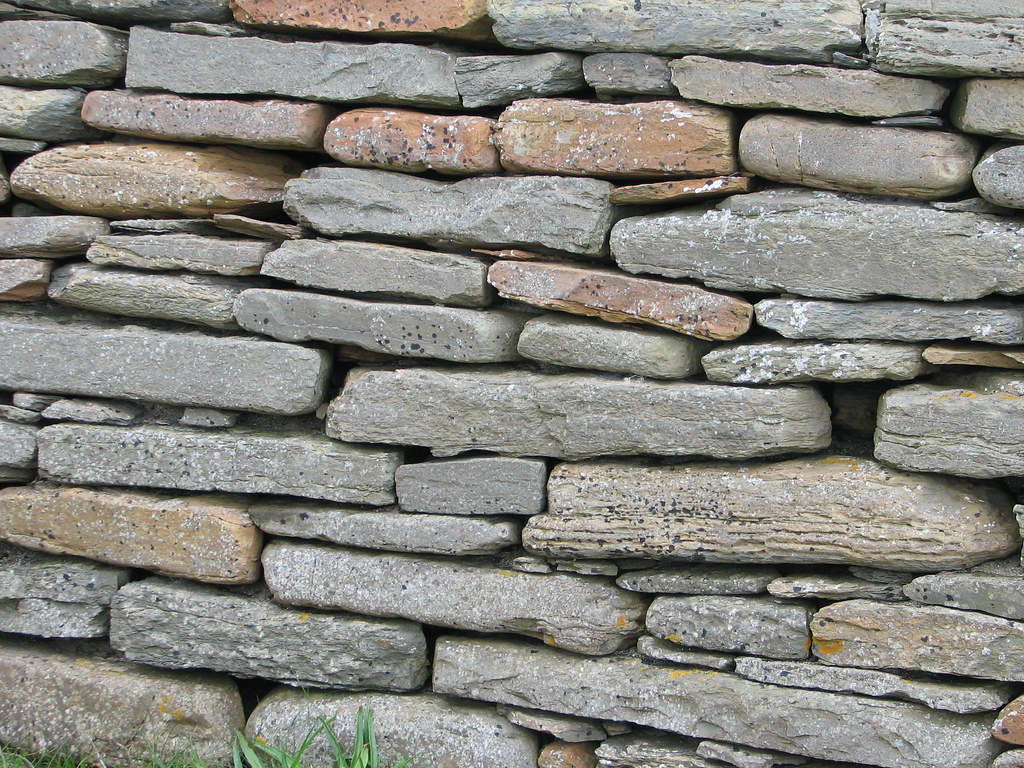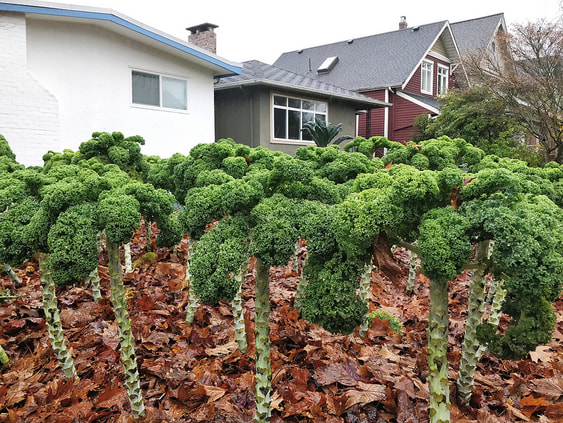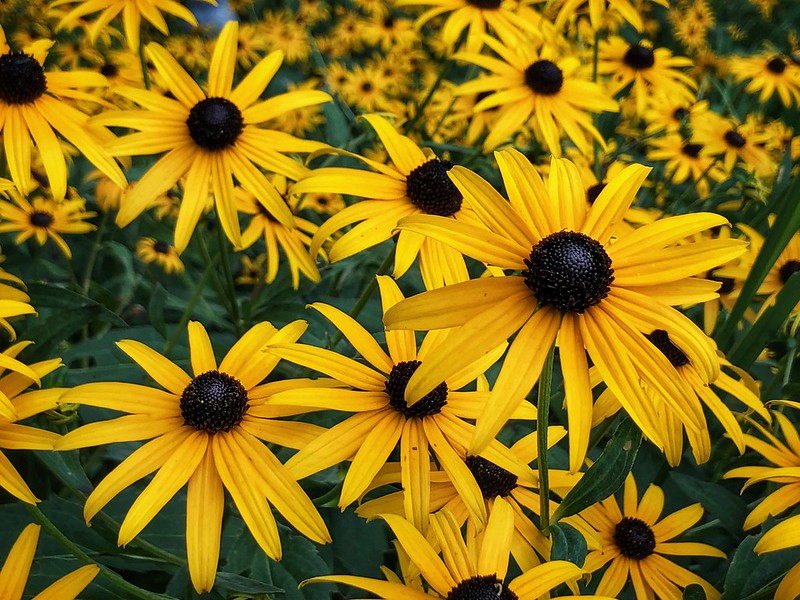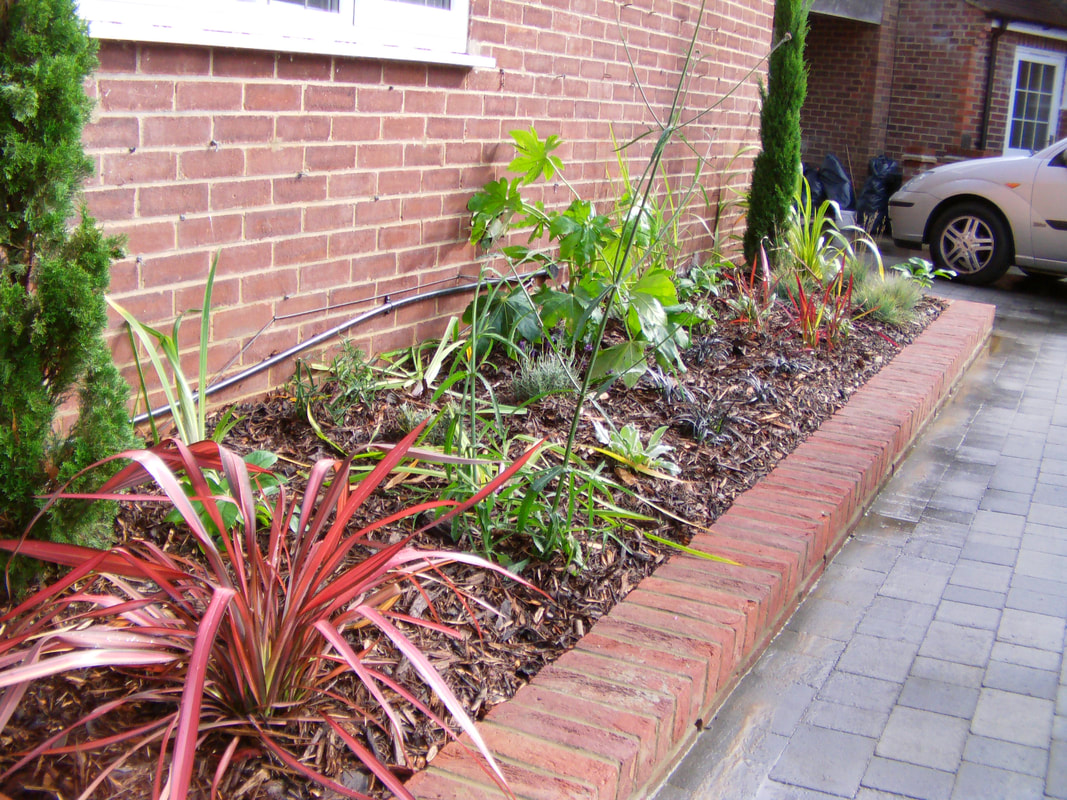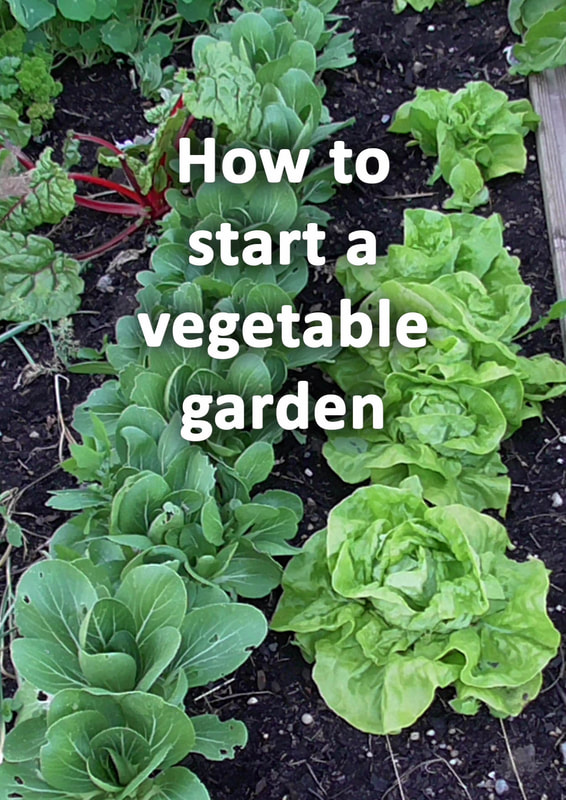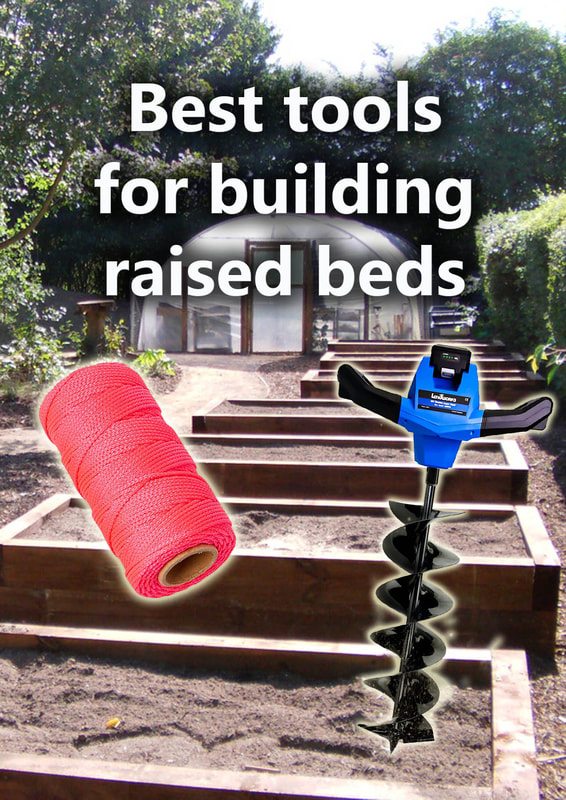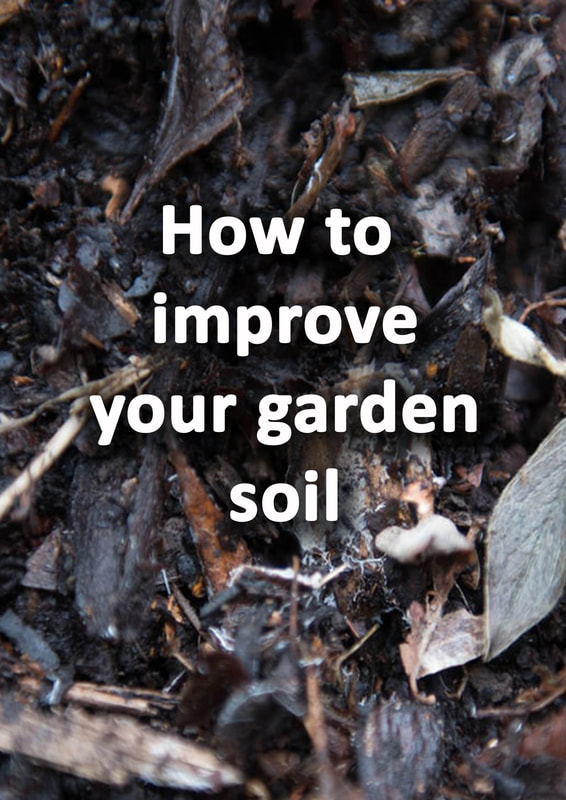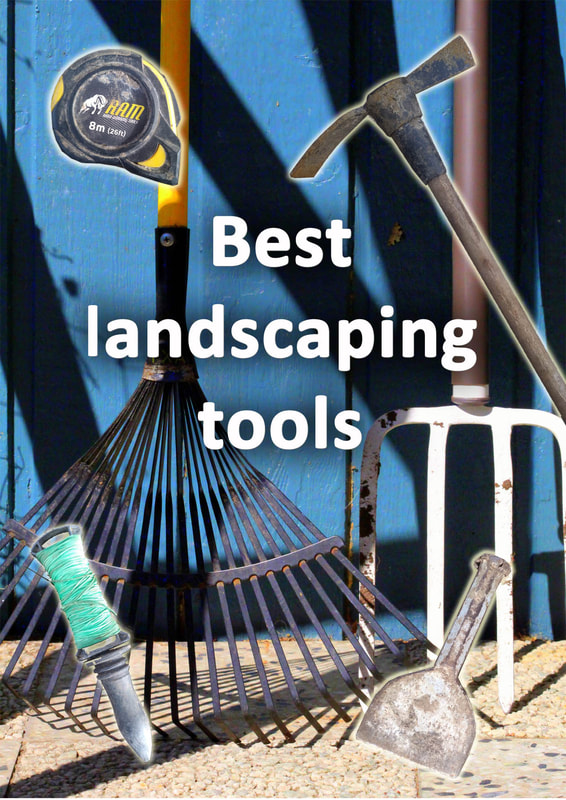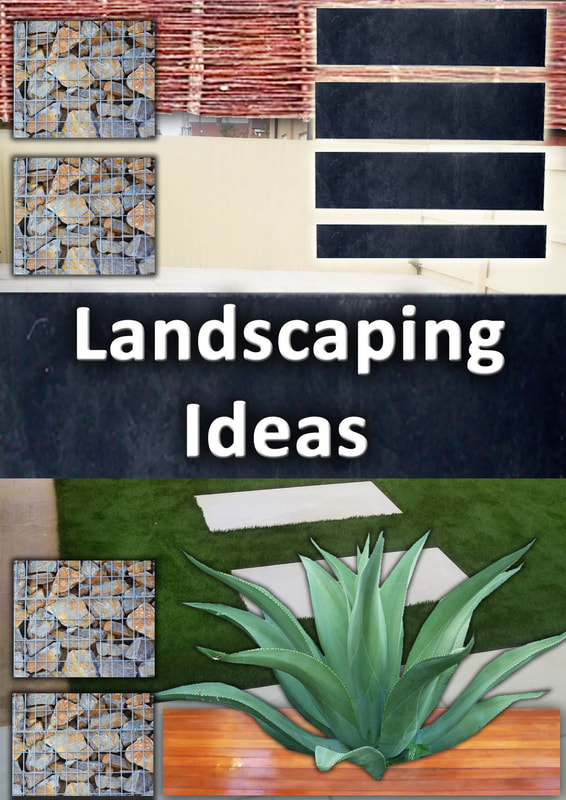|
Raised garden beds can be an interesting and functional way to grow things in the garden. These are relatively easy to build and maintain. What is great about garden beds is they allow you to grow plants well even if your soil is bad quality or too shallow.
Raised beds allow you to choose what type of soil you grow in giving you a wider choice of planting types. Not only can raised beds provide you with great growing opportunities they can also add height and elevation to your garden. Below we have laid out all the things you should consider on how to build garden raised beds. Benefits of raised beds
Raised beds allow you to bring the soil surface closer to our preferable working height. This stops us having to bend so low down all the time making gardening easier. For this reason raised beds are great for people with lower back pain and are great for gardeners who are in wheelchairs. Raised beds reduce bending and kneeling putting less wear and tear of your back and knees.
The soil of raised beds is commonly much better quality and less compressed than normal soil. This makes it much easier to pull out deep rooted weeds and hoe off weed seedlings. Having beds raised off the ground means they are much less likely to be exposed to settling weed seeds. Seeds blown in on the wind have less chance of settling on raised beds than the lower ground. Raised beds can actually aid you to prolong the growing season. Being raised up and well drained means plants are less likely to be exposed to frosts. Raised beds are easy to cover with transparent plastic making miniature greenhouses out of raised growing areas. The soil in raised beds can be worked quicker and easier in spring meaning you can get plants planted out sooner. Raised beds give you much more choice when it comes to choosing soil types. If you wish to vegetables a compost rich loam is perfect. Raised beds allow you to grow in better quality soil and at a greater growing depth meaning more robust plants. Raised planters give you much more defined growing spaces in the garden. This is great for keeping an orderly garden structure and keeping beds well managed. For this reason raised beds are perfect for smaller gardens where space is at a premium. Raised beds have a deeper, well drained humus rich soil leading to much healthier plants. Position
Although raised beds can allow you the ability to grow plants anywhere it is advised the ground below at least drains well. If built on top of concrete it is advised to break out holes so there is still drainage at the bottom of the bed.
If built on soil the underlying earth should be turned over to blend with the new soil substrate. If your raised bed is on a roof top or balcony a system to retain water within the bed is advised. This is unless you are in a very warm climate and growing cacti. It is good to place your raised beds in a place where there is not much exposure to strong winds. Tender plants especially grow better in sheltered conditions so be aware of this when siting a raised bed. It is always best to choose a sunny position for your raised beds and building them in a place which is easy to access. Your beds will need to be maintained so having them close to the home or near a work shed is beneficial. Design
Raised garden beds can become a fantastic design feature in any garden or landscaping scheme. Most of the time many garden spaces have excessive horizontal spaces but lack it vertical features. Raised beds allow you to add vertical structure to a garden space. This can help break up monotonous areas and provide more spatial variation. Planted correctly raised beds can give the impression of plants being taller than they are. This is perfect for providing enclosure or enhancing decorative foliage like in jungle gardens.
Materials
Raised beds can be built using a wide variety of materials. The main examples of these are Concrete, brickwork, stone timber or plastic. There is no best material for raised beds but it is important you used the correct specification grade for whatever material you choose to use. For example, due to raised beds containing large volumes of heavy material flimsy materials should be avoided.
Timber
Timber is a strong, versatile and flexible material perfect for building raised garden beds. It must be stressed however that the correct type and thickness of timber is used. One of the biggest drawbacks of building raised beds with timber is the fact it can rot in damp outside conditions. This is especially in the case of softwoods such as pine.
Softer timbers can be used but they must be treated to become external grade timber. These can be dip or pressure treated. The other option is to use harder, tougher grades of timber such as oak or tropical hardwoods but these can be expensive. With timber the best way to build robust and attractive raised garden beds is with timber sleepers. Commonly recognisable as railway sleepers these large and robust sections of timber are thick enough to resist any ware and tear. Timber sleepers can be old reclaimed sleepers or you can buy new ones. The usually come in 2.4 – 3 metre lengths and have thicknesses of 4-5 inches. On the upside there are anywhere from 8-10 inches thick. Timber sleepers are robust enough to take the weight of heavy, wet soil. It is best to fix sleepers to concreted 4x4 inch posts for extra strength and durability. Such raised beds can be clad with expensive tropical hardwoods for an extra modern effect. Plastic
Plastic is not the most ideal solution for building raised garden beds as it is usually flimsy and degrades in sunlight. There are however now many, heavy duty, plastic deck boards on the market that can make great raised beds. If you are planning on making beds with these try to use the plastic as cladding rather than a structural element. Beds can be built using external grade timber and UV resistant plastic deck boards can be fixed on directly. These types of raised beds can be extremely effective it the beds match the materials used on horizontal decking.
Concrete
Concrete is an extremely robust and versatile material and can be used to make effective raised garden beds. The benefit of concrete is it allows you to build to almost any shape or form. It does however take quite some skill to build with effectively and correctly. Concrete raised beds are rather heavy and permanent so you have to be sure about the final bed location.
Concrete raised beds due to their weight will also need some infrastructure under the ground in the form of a foundation. There are two main ways of building raised beds with concrete. Concrete block work or in-situ concrete forming. The concrete block method involves laying concrete clocks on a concrete foundation and then either rendered cladded or painted. This usually involves digging out a foundation and filling it level with ready mix concrete. The concrete forming method involves using formwork and shuttering to create a mould for wet concrete to be poured into. This method is ideal for creating raised beds which are curved or intricately shaped but does require much skill and preparation. Either way concrete can make very robust, raised garden beds which can be cladded or coloured in any style and will last the test of time. Stone
Stonework and masonry can be an extremely aesthetically pleasing way to build raised garden beds. These can be created in a variety of ways using various materials and building techniques. A very traditional and contextual way to build with natural stone is dry stone walling. This rustic way to build can be extremely appealing and provide crevices for wildlife. It is advised however that any natural stone walling should be mortared in to place with a strong and course brick laying mortar.
Laying natural stone loose is not advised for retaining soil as the heavy load can cause the raised bed to crack and fail. The best way to build a natural stone raised garden bed is to excavate a foundation similar to a brick work project. Broken paving, blocks or even rocks should then be laid on strong mortar. The joints should be neatly pointed but I personally think recess or racked out joints look better with natural stone walling. Raised garden beds should always be built with drainage or weep holes at the base to allow water to escape. Brickwork
Brickwork is a classic way to build strong, decorative structures which will require little if not no maintenance. When retaining soil it is best to build beds with a double thickness brickwork bond. These usually use a combination of both header and stretcher courses. English garden, Flemish and Monk bond are all good examples of these.
It is advised to put some sort of impervious capping on top of the wall to prevent freeze and thaw action on the top courses. Alternatively you can use a soldier or header course of robust bricks on top. Brickwork raised beds should also have drainage holes at the base to ensure good drainage. Size
The size of the raised bed will depend on your plot and orientation of your garden space. When building with timber sleepers as they are quite hefty to cut it is typical to make beds a sleeper length. This is particularly common when building raised, vegetable garden beds. The larger you build your garden beds the more stable the growing medium will be in terms of nutrients and moisture.
Small raised beds do have the potential of drying out in warm weather especially if they have a lot of height. Having said that this may or may not be an issue depending on what you are planting in your beds. Herbs and succulents do not need as much moisture as other plants such as vegetables. Most raised beds will have to fit to your sites criteria in terms of size but in general larger is best. Soil depth
Raised garden beds give you ability to add a much deeper substrate of good quality soil. This makes working the soil easier and allows plants roots to run long and deep. It has to be noted however that raised beds which are too high can become dry.
A greater raised bed height can be beneficial when soil at ground level is excessively boggy or liable to flooding. If you have higher raised beds which seem to dry out try to incorporated soil which will retain more moisture. Clay loams and humus rich soil can improve the moisture retention within your raised beds. Watch a video of one of our raised bed projectsIrrigation
Irrigation can be an important factor to consider when building raised garden beds. Sometimes installing irrigation pipe feeds into the structure of your beds can ensure optimum growing conditions in summer. Depending on the types of plants you want to grow and your climate you may or may not want irrigation in your raised garden beds.
Vegetable raised beds
Growing vegetables can be one of the most rewarding and health giving things you can do in your garden. Vegetables require deep fertile soil to do well and for this reason building raised vegetable beds can significantly improve your growing. Not only do raise beds provide better soil they actually help to reduce pests.
Pests have a much harder time getting to your vegetables when they are raised up away from the ground level. Slugs and snails are easily picked off by birds when climbing up steep raised bed walls with no cover. Raised vegetable beds should be filled with a moisture retentive loam and some well rotted manure mixed into the soil. Some vegetables that do exceptionally well in raised beds are cabbages, beans, carrots and potatoes. Why not read our article on how to create a vegetable garden here. Flower border raised beds
Not only can building raised garden beds be good for vegetables they are also great for growing shrubs, perennial plants and flowers. In smaller gardens raised beds can lift otherwise unnoticed flower borders into view and into the sunlight.
This can provide light, warm and airy places for garden plants to thrive widening your choice of plants to grow. The height of larger raised beds can also make plants seem taller allowing you to create spaces of enclosure and secrecy. Raised flower border beds can add structure and assist an exciting planting display to flourish. Great seating
One great benefit of building raised flower beds in the garden is they can double up as great seating. This is especially so if built at waist height with either stone work or timber sleepers. This can work especially well in small gardens where space is limited and extra furniture adds to clutter.
When building with timber sleepers a seating top can be installed along the top of the raised bed. This can be achieved by laying a sleeper on its side and fixing it to the bed. No matter how you build your raised garden bed there is always the potential to add garden seating as well a great planting scheme. Soil
When filling your new raised garden bed it is always a great idea to add some existing soil already found within your garden. This can be the dig out from the foundations or any other garden excavations. Doing this ensures existing microscopic soil life has a chance to be mixed with the new growing medium. Many people don’t realise soil is very much a living, breathing organism.
Keeping the soils natural ecological balance healthy is the only way to guarantee healthy plants. Adding some existing garden subsoil will also allow the raised bed to retain moisture. This is especially the case if your garden has a clay soil type. Whatever soil you choose to fill your raised garden bed make sure it is easy to work and fertile. This will ensure enjoyable gardening and excellent results. For more information on improving your garden soil read our article on the subject here. Conclusion
Building raised garden beds can take some hard work and planning but are a very welcome element to any garden. They can provide design aesthetics and function as well as providing a rich and deep growing medium for your plants. Whether you are thinking of building large, permanent beds or just raising existing borders a few inches, you will be happy you decided to build raised garden beds in your garden.
Thinking about building your new raised garden beds yourself? Then check out our recommended landscaping tools article and resource page here. If you need professional help why not contact us today.
0 Comments
Leave a Reply. |
The Author
|
Landscaping services across Buckinghamshire, Amersham, Aylesbury & High Wycombe
Hyde Heath, Amersham, Buckinghamshire |
|
